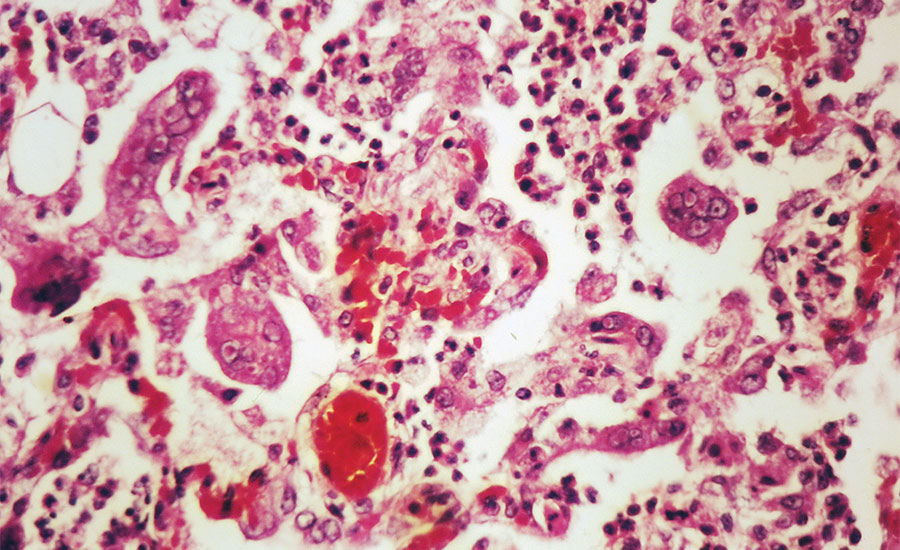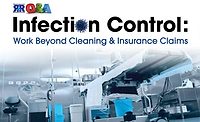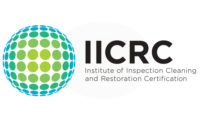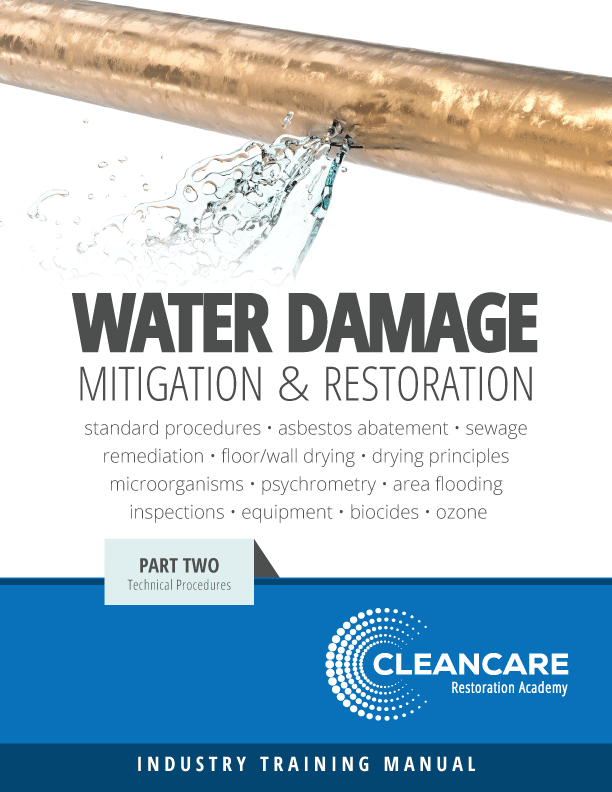Measles Infection Control

The measles virus has been the subject of significant national attention lately, with 644 cases of measles reported to the Centers for Disease Control in 2014. These cases represent the highest number since the virtual elimination of measles in the United States following the development of the vaccine. This is a significant increase when compared to 2012 and 2013, with a total of 55 and 187 reported cases, respectively. Measles is common and often fatal in developing countries, but has been rare in the United States since the widespread vaccination program in the early 1970’s.
Measles is an acute highly contagious viral illness that is transmitted between humans primarily through respiration of the measles virus (Morbillivirus). Following exposure, the virus replicates in the upper respiratory system, entering the bloodstream after 2-3 days. The virus is spread to tissues within 5-7 days and after a 10-12 day period, clinical symptoms appear. Early symptoms include cough, fever increasing to 103°F or higher, eye inflammation and white lesions within the mouth. Two to 4 days later, a rash begins on the face and head, spreads to the entire body and persists 5-6 days before fading in order of appearance. Other complications often include inner ear inflammation, pneumonia, croup and diarrhea. Very rare complications can include acute encephalitis (brain swelling), respiratory distress and neurologic complications, which can result in death. Rarer still is a fatal degenerative disease of the central nervous system that generally develops 7 to 10 years after the measles infection.
Nine out of 10 individuals not immune from a previous measles infection or from vaccination can get measles when exposed to an infected person. Measles is transmitted primarily person-to-person via large respiratory droplets. Less commonly, it is transmitted by aerosolized droplets in closed areas and less still by contact with contaminated environmental surfaces. Measles may be transmitted between humans from 4 days before to 4 days after rash onset. Maximum communicability occurs from onset of early symptoms through the first 3–4 days of rash. There is no treatment for measles that targets the infection. Treatments are directed at taking care of the symptoms and complications from the infection.
Vaccination is by far the best way to prevent measles. The vaccine is commonly referred to as the MMR vaccine (Measles, Mumps & Rubella). The triple vaccine has been available since the early 1970’s and is considered safe by the worldwide medical community. All individuals are recommended to receive the vaccine with the exception of those allergic to its components or ones with severely compromised immune systems.
Fortunately, the routine infection control procedures followed by the medical community is suitable for containment of the virus. Alternatively, for the environmental cleaning professional there is a lack of specific guidelines for disinfectant product usage for combatting the measles virus. This is due primarily to the existence of the vaccine making measles exposure exceedingly rare in the United States, therefore it is not found on EPA-registered product organism lists. With the absence of testing data, the key to developing a sound disinfection program lies within the morphology and epidemiology of the virus.
Measles is an enveloped virus, meaning there is a lipid membrane encasing the organism. Enveloped viruses are typically less hearty than non-enveloped viruses (such as Rotavirus and Norovirus), because the detergent and/or disinfectant must simply compromise the lipid membrane in order to kill the organism. This makes enveloped viruses highly susceptible to surface cleaning with detergents followed by application of disinfectants. As is the case with all cleaning and disinfection processes, the initial surface cleaning is critical to the success of the disinfection of a measles contaminated environment. Proper cleaning removes the sputum along with other soils and organic debris from surfaces, degrading the environment where organisms can thrive. In the case of measles, a patient’s frequent coughing and skin lesions make environmental surface contamination likely, albeit for only a short period. The measles virus remains viable on environmental surfaces for only up to two hours, versus influenza viruses which can last 1-2 days. This characteristic reduces the potential for exposure from environmental surfaces greatly.
Based on the morphology of the organisms, a wide range of disinfectants are appropriate to combat the virus. These include alcohols, hypochlorite solutions, hydrogen peroxide, peracetic acid, phenolics and quaternary ammonium compounds. When choosing a disinfectant, look for products that are registered for enveloped viruses, common examples of which include influenza viruses and HIV. Ideally, a disinfectant containing a biostat should be used to inhibit the organisms from attaching to surfaces, further reducing the transmission potential. Proper application of disinfectants is critical to their success, so follow manufacturer guidelines carefully including mixing, application methods and dwell time. The cleaning and disinfection process should be completed routinely (minimum daily) in situations where an infected (or suspected) person is present. Ensure high-touch surfaces such as knobs and railings, and horizontal surfaces such as table tops and floors, are included in the cleaning and disinfection process.
The key to measles prevention and potential eradication is vaccination. A rate of ~92%, which is attainable in a static population, can result in a 99% reduction of the disease. Unfortunately, as international travel becomes commonplace and worldwide population migration continues, vaccination rates in populations can vary to a point where these rates drop to a level where outbreaks can occur. With the goal of worldwide elimination seemingly far off, the need for proper infection control becomes the second line of defense. Infection control is accomplished through proper hygiene practices and a sound environmental cleaning regiment in our institutions, health care settings and public areas.
Looking for a reprint of this article?
From high-res PDFs to custom plaques, order your copy today!








